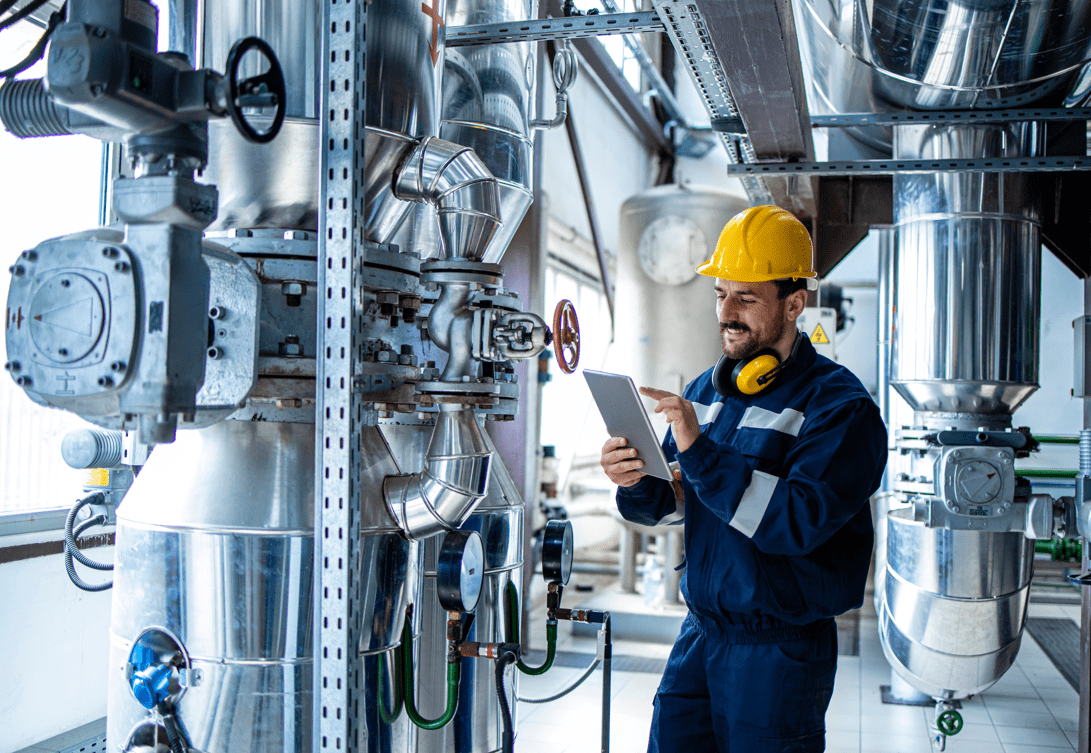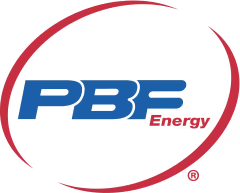Industrial piping systems often handle hazardous substances, high pressures, and extreme temperatures, making any mishandling potentially dangerous. This blog will outline key safety guidelines for handling and installing industrial pipes effectively.

When dealing with industrial pipes, safety is a top priority. Whether you’re installing pipes in a factory, refinery, or power plant, ensuring that proper safety measures are followed is essential to protect both workers and equipment. Industrial piping systems often handle hazardous substances, high pressures, and extreme temperatures, making any mishandling potentially dangerous. This blog will outline key safety guidelines for handling and installing industrial pipes effectively.
Before any installation or handling begins, it’s critical to conduct a thorough risk assessment. This involves identifying potential hazards, evaluating the risks involved, and implementing control measures to reduce those risks. Some important aspects to consider include:
• Pipe material and contents: Understand whether the pipes will transport chemicals, gases, or high-temperature liquids. Each substance poses different risks.
• Pressure and temperature: Ensure that the pipes and fittings are rated for the pressures and temperatures they will encounter to avoid failures.
• Worksite conditions: Inspect the installation environment, ensuring it is stable, free of hazards like falling objects, and has proper ventilation if chemicals are involved.
Wearing appropriate PPE is essential when handling industrial pipes. Depending on the type of pipe, the materials being transported, and the work environment, you might need:
• Hard hats to protect from falling objects during lifting or crane operations.
• Protective gloves to handle heavy or sharp-edged pipes, as well as to safeguard against exposure to chemicals.
• Safety goggles or face shields to protect against splashes of hazardous materials, especially when dealing with chemicals.
• Steel-toed boots to protect feet from heavy materials that could be dropped during installation.
• Respiratory protection when working with pipes that carry hazardous gases or when welding in confined spaces.
echniquesImproper handling of industrial pipes can result in injuries or damage to the pipes themselves. Follow these best practices to ensure safe handling:
• Use mechanical aids: For large or heavy pipes, always use cranes, forklifts, or pipe-lifting slings to move materials. Never attempt to lift heavy pipes manually.
• Secure loads properly: When transporting pipes across the worksite, make sure they are securely tied down to avoid rolling or slipping.
• Avoid sharp impacts: Dropping pipes can lead to cracks or unseen internal damage, which can cause failure later. Handle pipes gently, especially those made from more brittle materials like PVC or cast iron.
The installation phase of industrial piping is where many potential hazards arise. Here’s how to minimize risks during this stage:
• Ensure proper alignment: Misalignment during installation can lead to unnecessary stress on the piping system, which may result in leaks or bursts. Use alignment tools and check fittings to ensure everything is positioned correctly.
• Welding safety: If pipes require welding, ensure that the welder is certified and trained to perform the work under the specific conditions. Welding creates high temperatures, so take fire prevention measures such as keeping fire extinguishers nearby and removing any flammable materials from the area.
• Pressure testing precautions: After installation, pipes must be pressure tested to ensure they can handle the operational loads. During pressure testing, always stand clear of the pipes and use remote monitoring to avoid exposure to potential bursts.
Pipes that transport volatile gases or chemicals require special attention to ventilation. When working in enclosed spaces like tunnels or basements, make sure there is adequate airflow to prevent the buildup of toxic fumes. If natural ventilation is not enough, portable ventilation systems or exhaust fans should be installed.Additionally, always monitor the air quality when dealing with potentially dangerous gases, and use gas detectors to alert workers of any leaks or harmful concentrations.
Proper training is critical for anyone involved in the handling or installation of industrial pipes. Workers should be educated on:
• Safe handling techniques for different types of pipes and the specific hazards they pose.
• Emergency procedures in case of accidents, such as what to do in case of chemical spills, pipe bursts, or fire hazards.
• Proper tool usage, including pipe cutters, welding machines, and cranes.Make sure that safety drills are held regularly to reinforce knowledge and that workers understand how to report unsafe conditions.
7. Regular Inspections and Maintenance
After installation, regular inspections are necessary to ensure the piping system remains in good condition and safe to operate. Look out for:
• Corrosion: Pipes exposed to the elements or transporting corrosive materials should be regularly inspected for signs of rust or degradation.
• Leaks: Regularly check joints, seals, and fittings for leaks, particularly in high-pressure systems.
• Wear and tear: Over time, pipes can weaken due to mechanical wear, especially if they handle abrasive materials. Early detection of wear can prevent catastrophic failures.
Handling and installing industrial pipes requires careful planning, proper equipment, and adherence to strict safety guidelines. By conducting risk assessments, using appropriate PPE, ensuring proper handling techniques, and training workers adequately, the risk of accidents and system failures can be significantly minimized. Following these safety measures not only protects workers but also ensures the longevity and efficiency of your industrial piping system.








